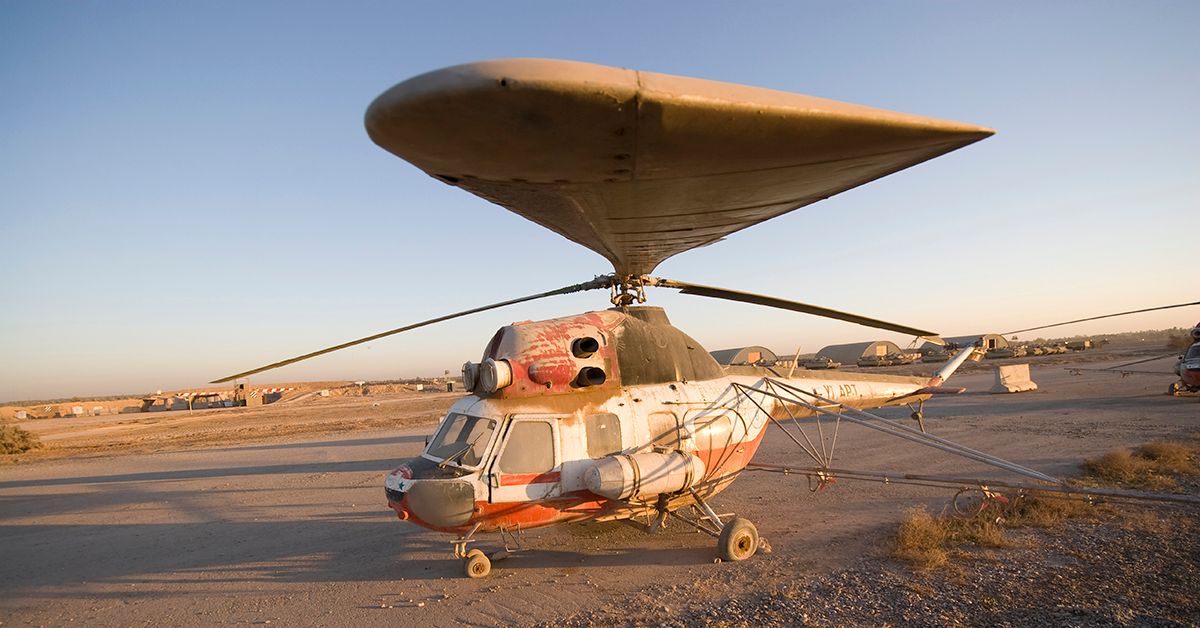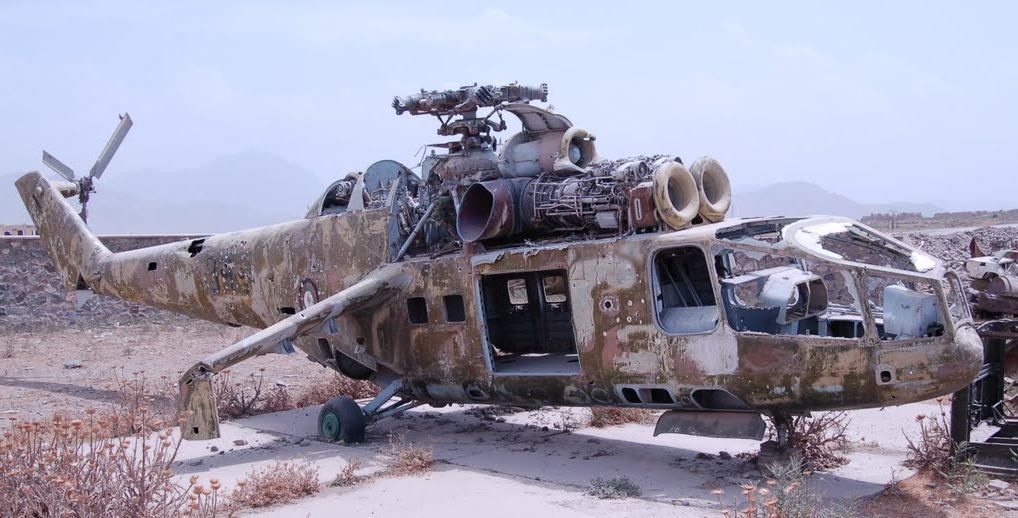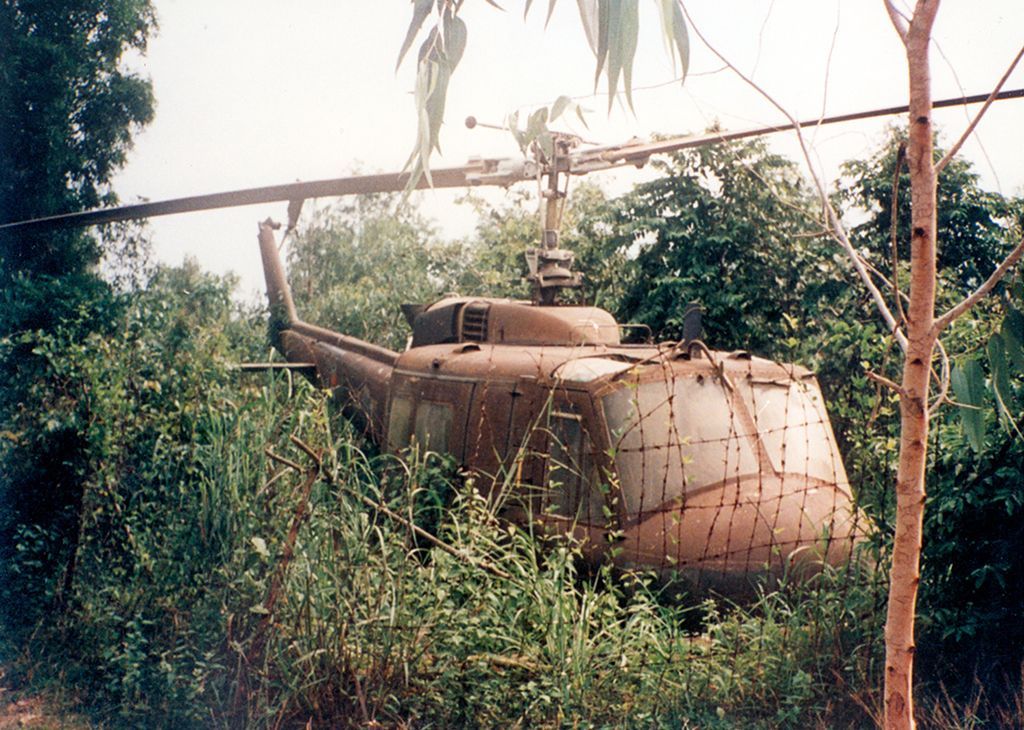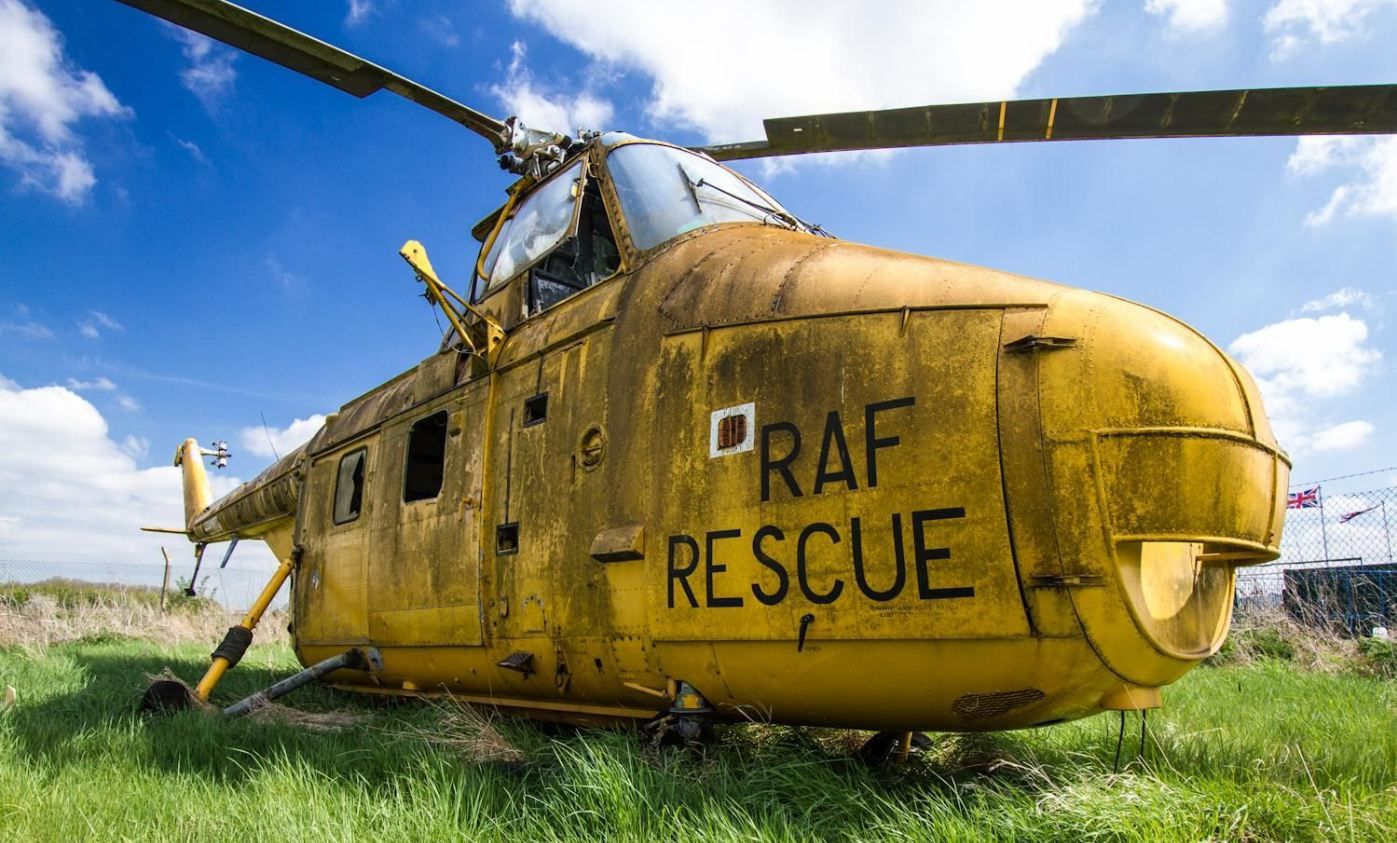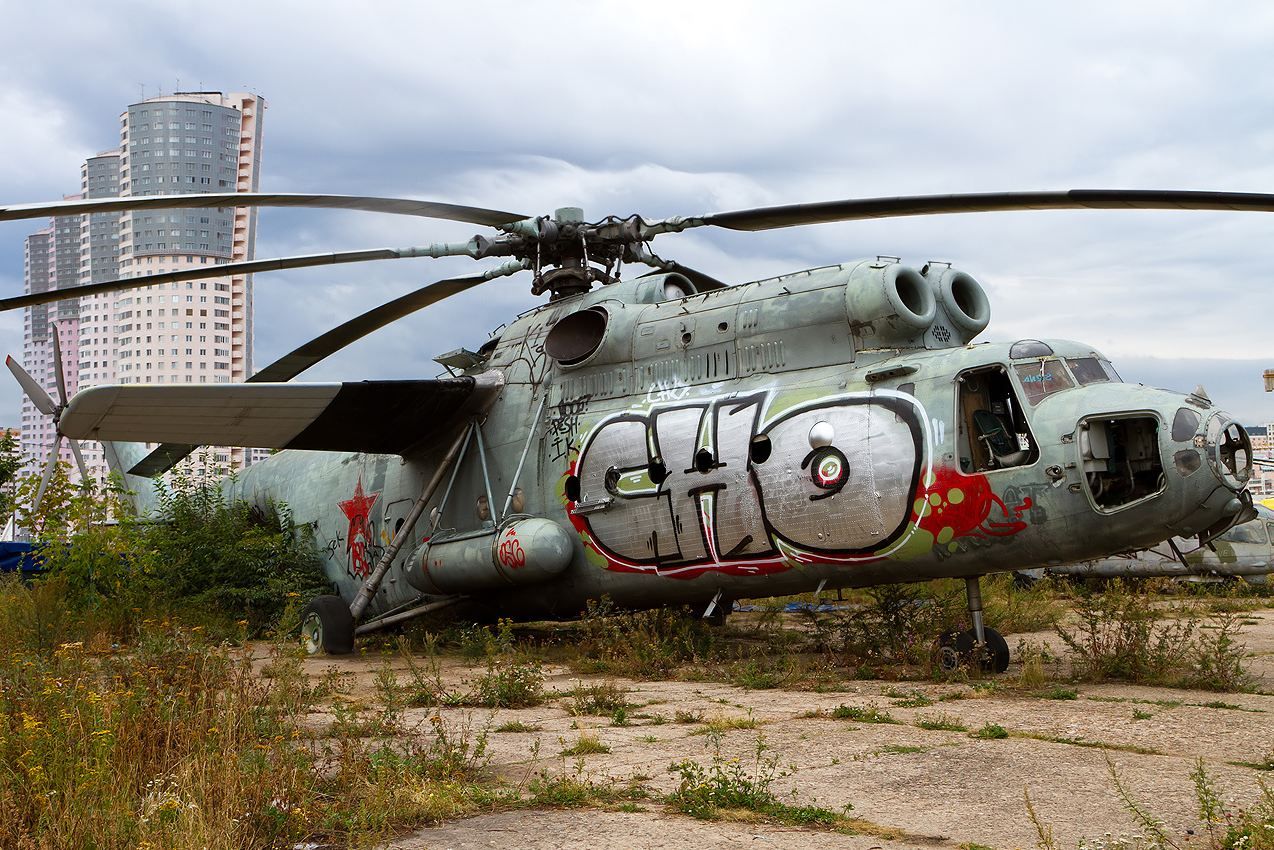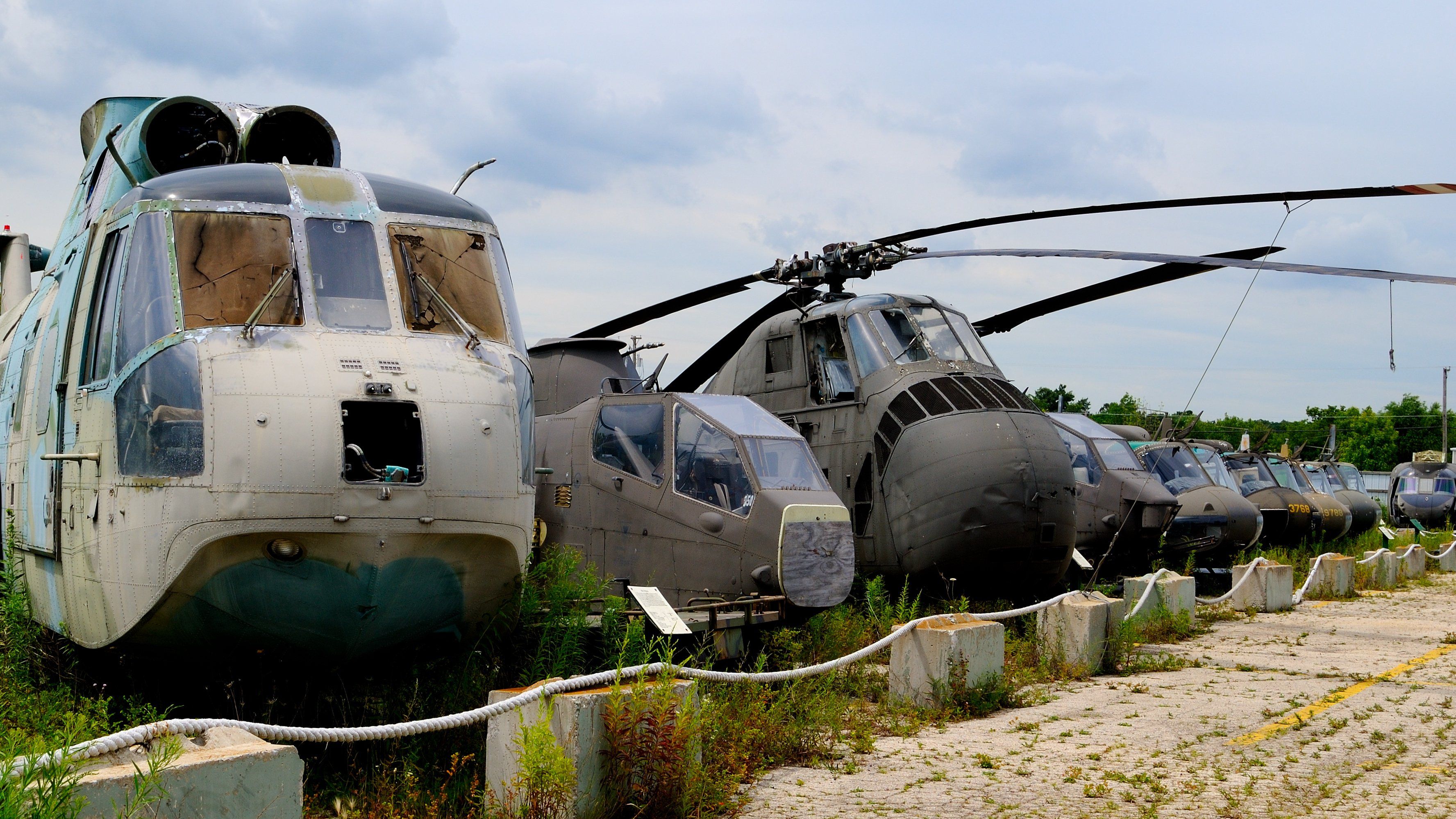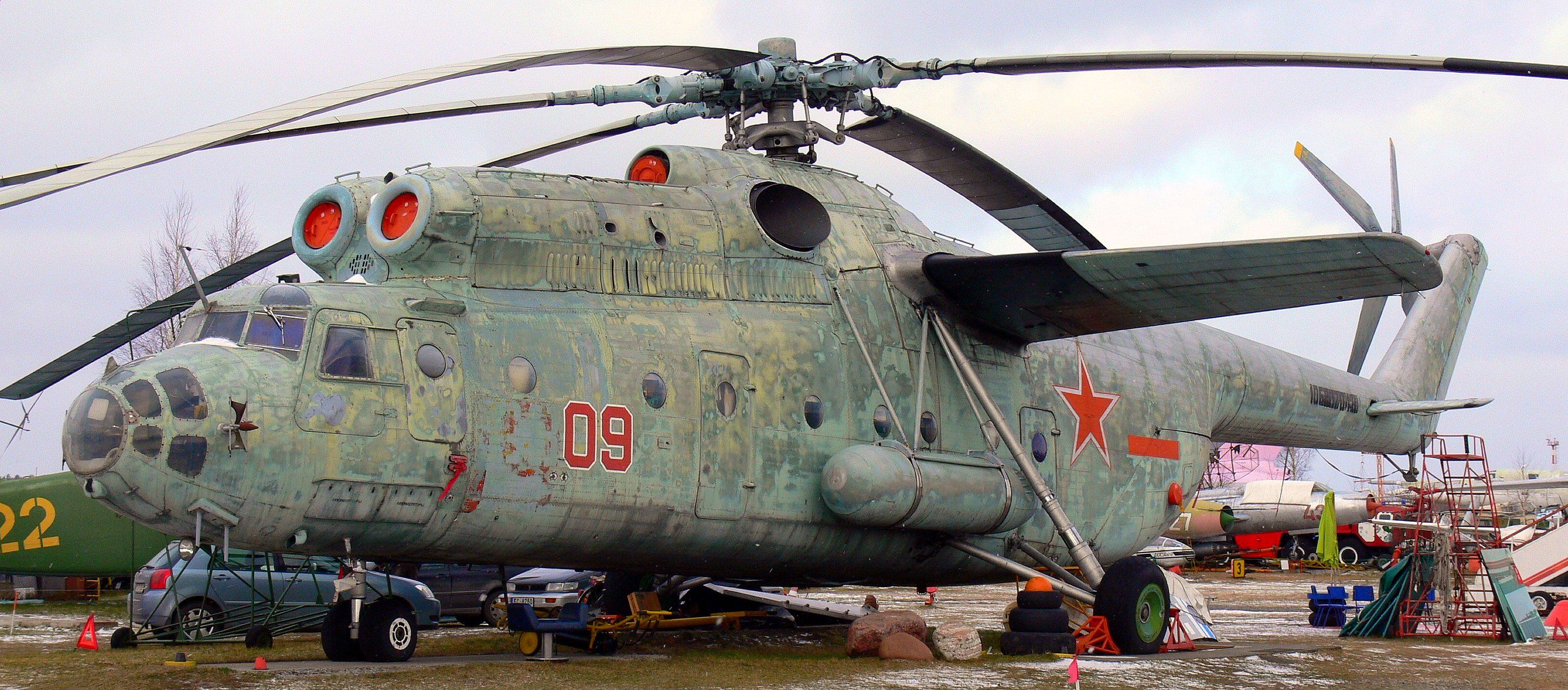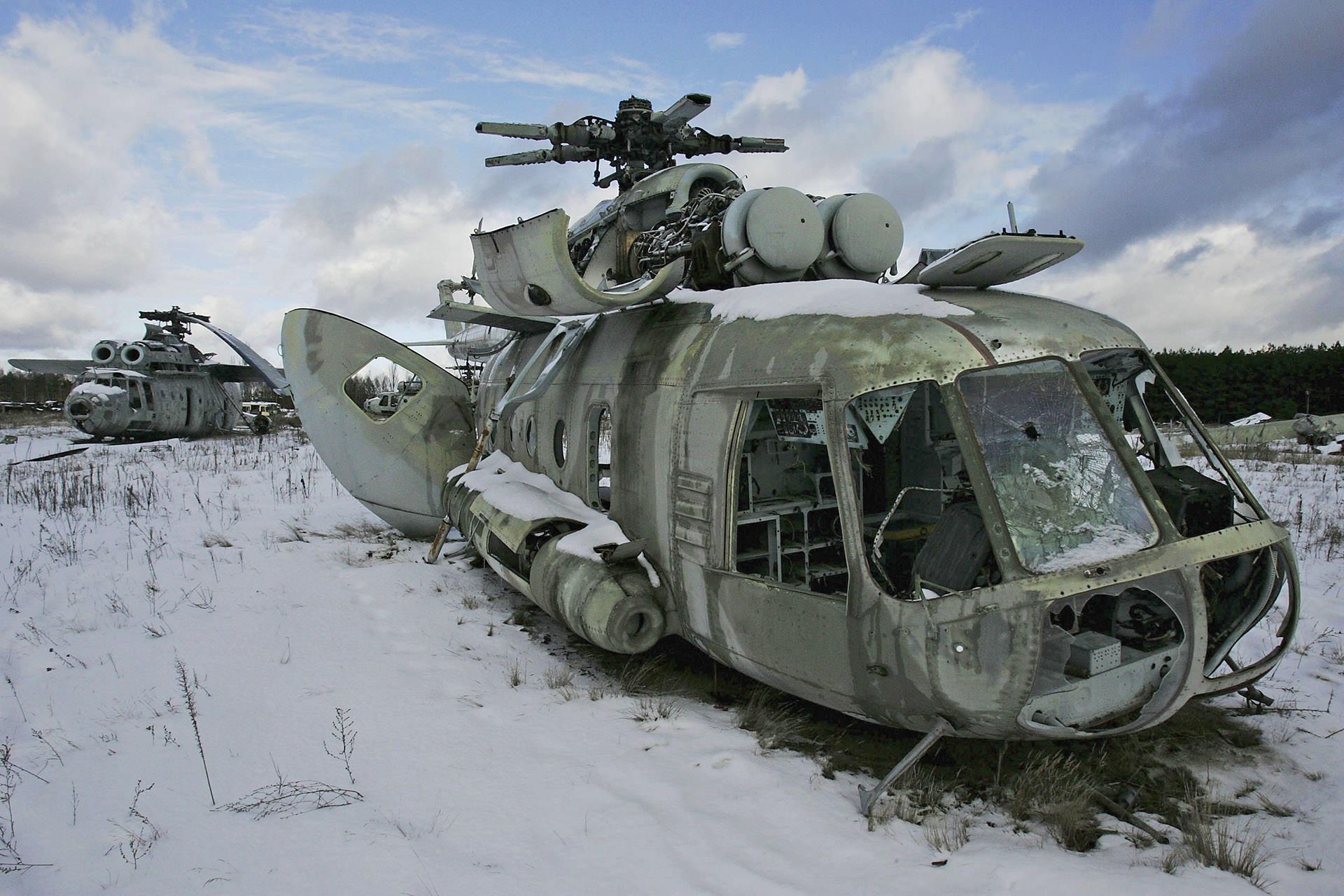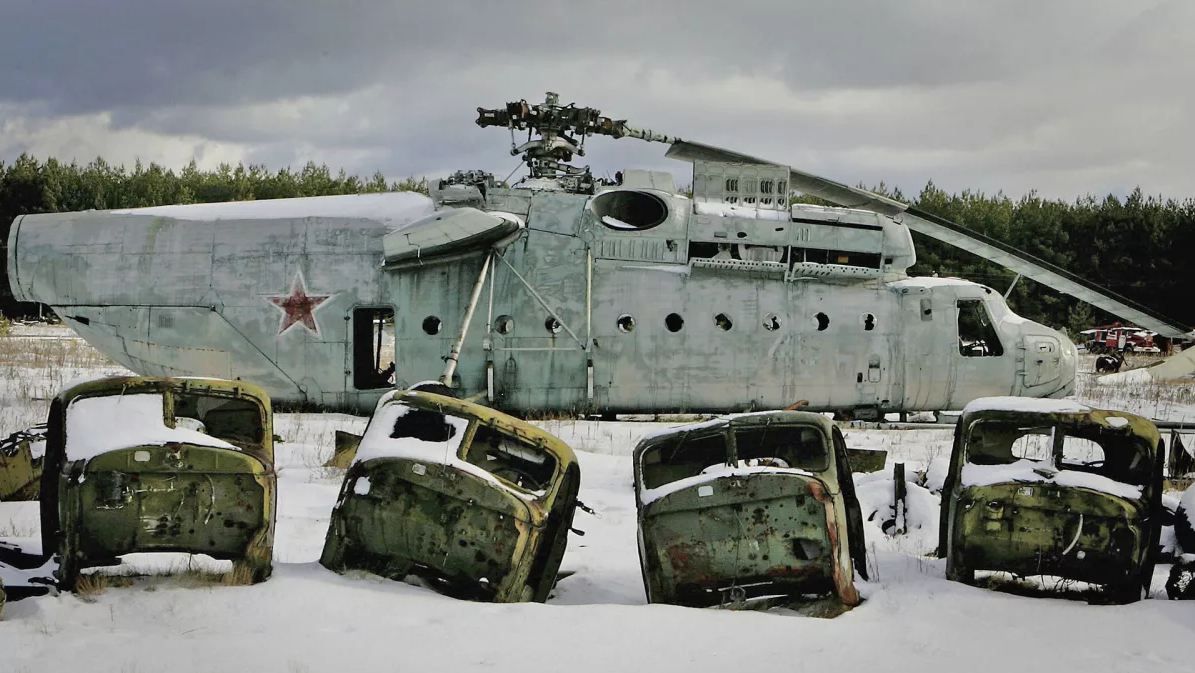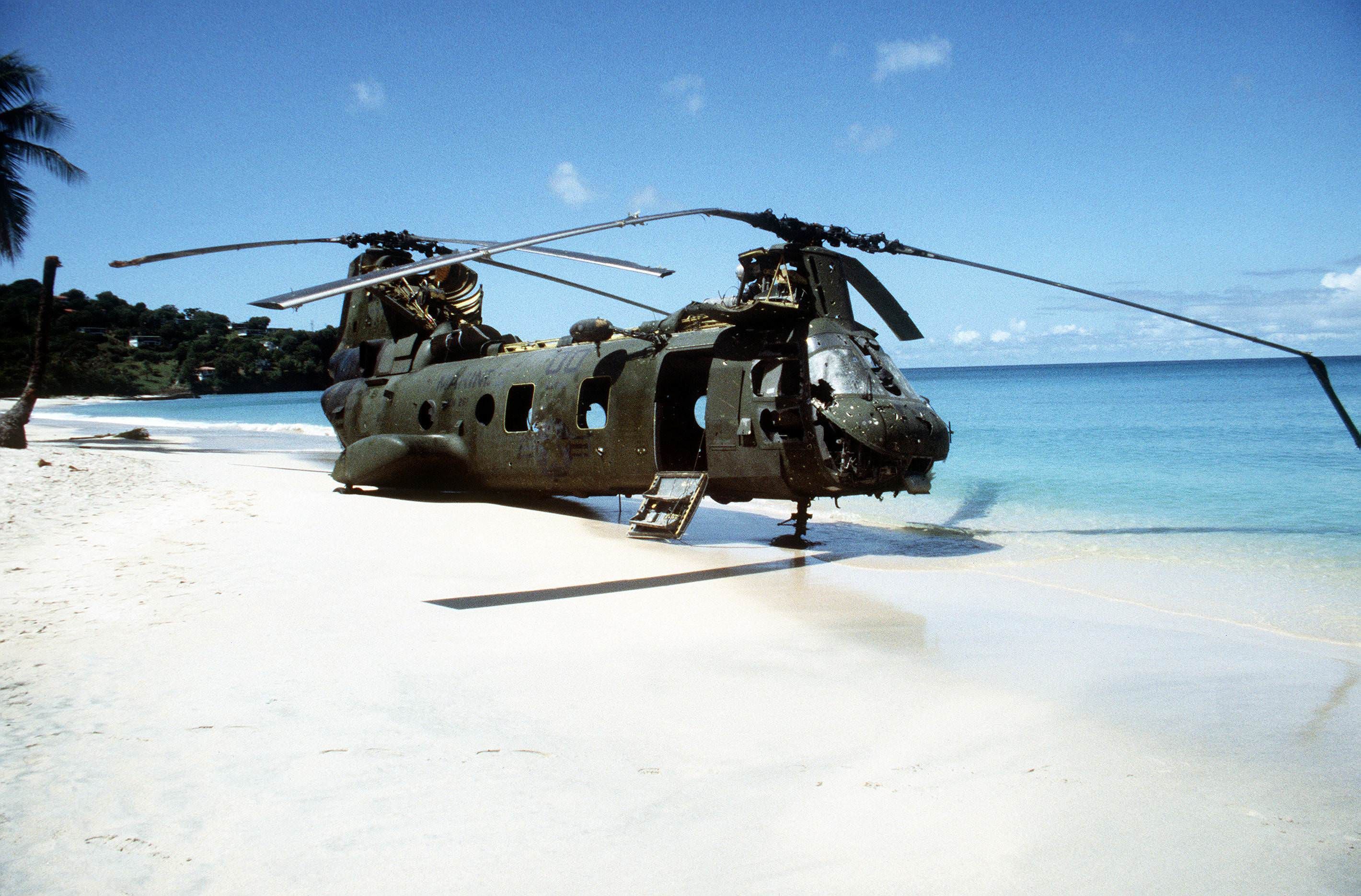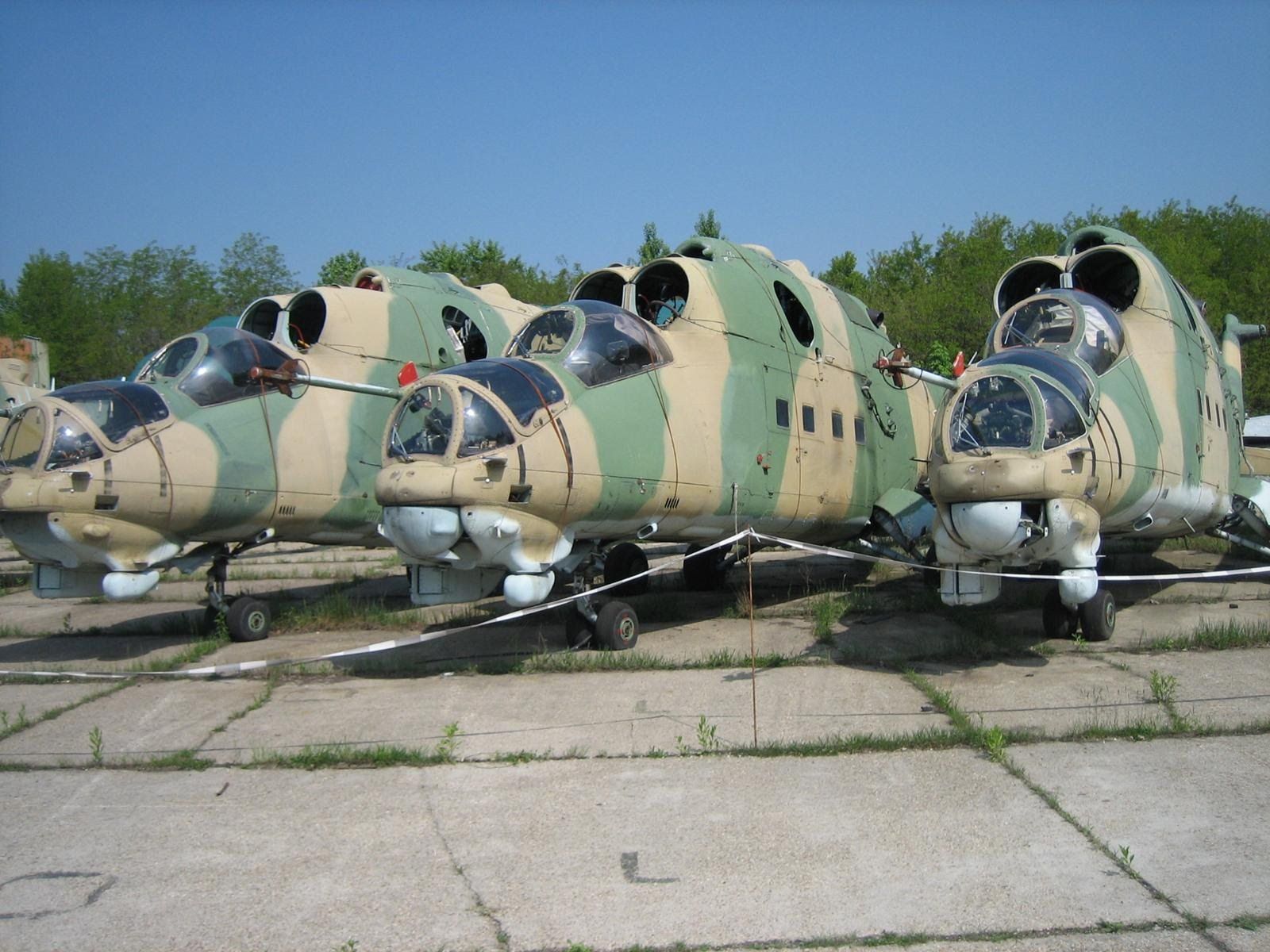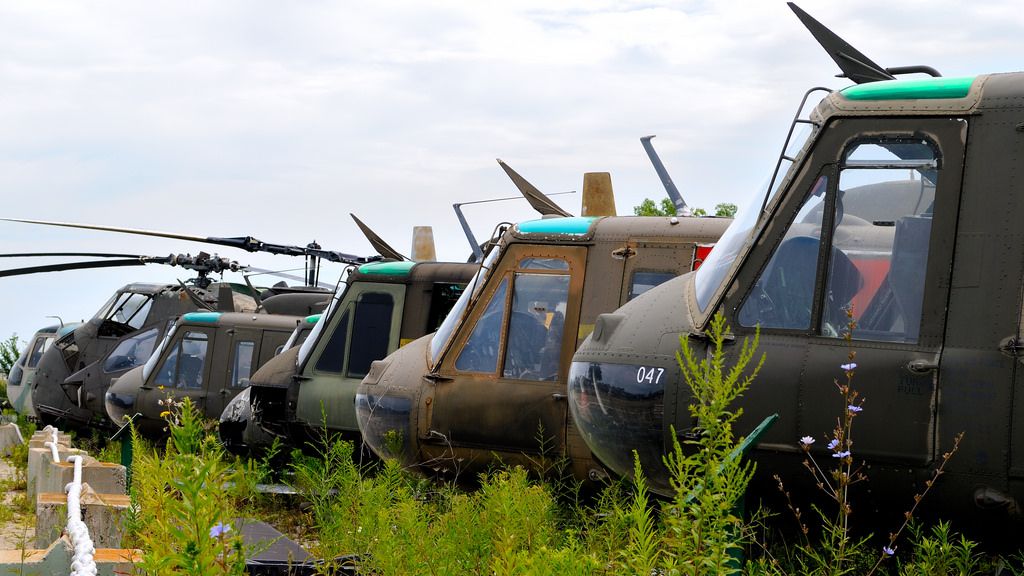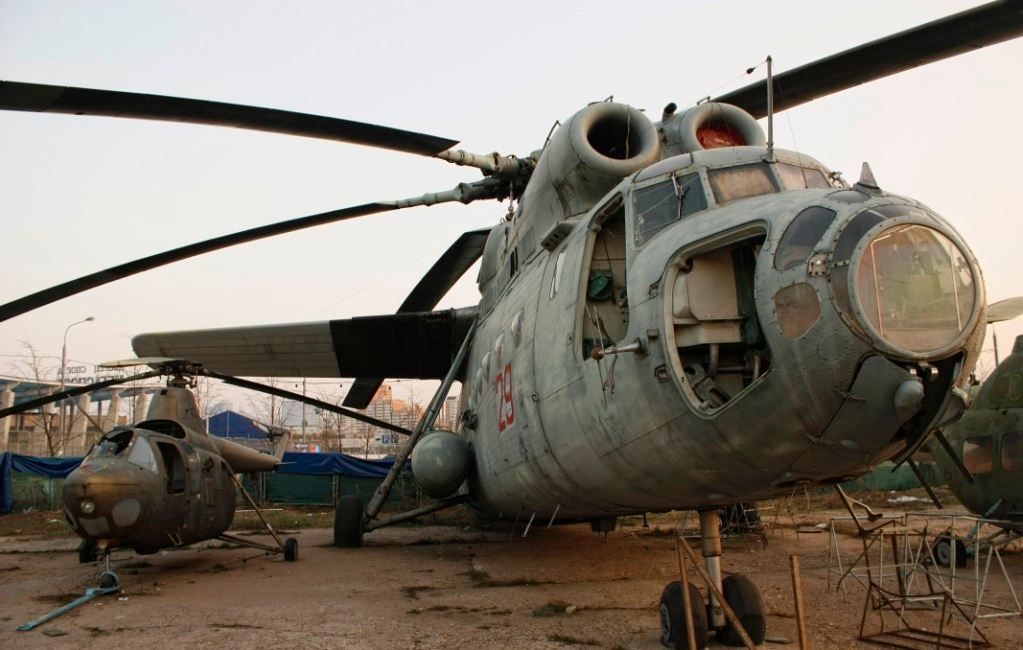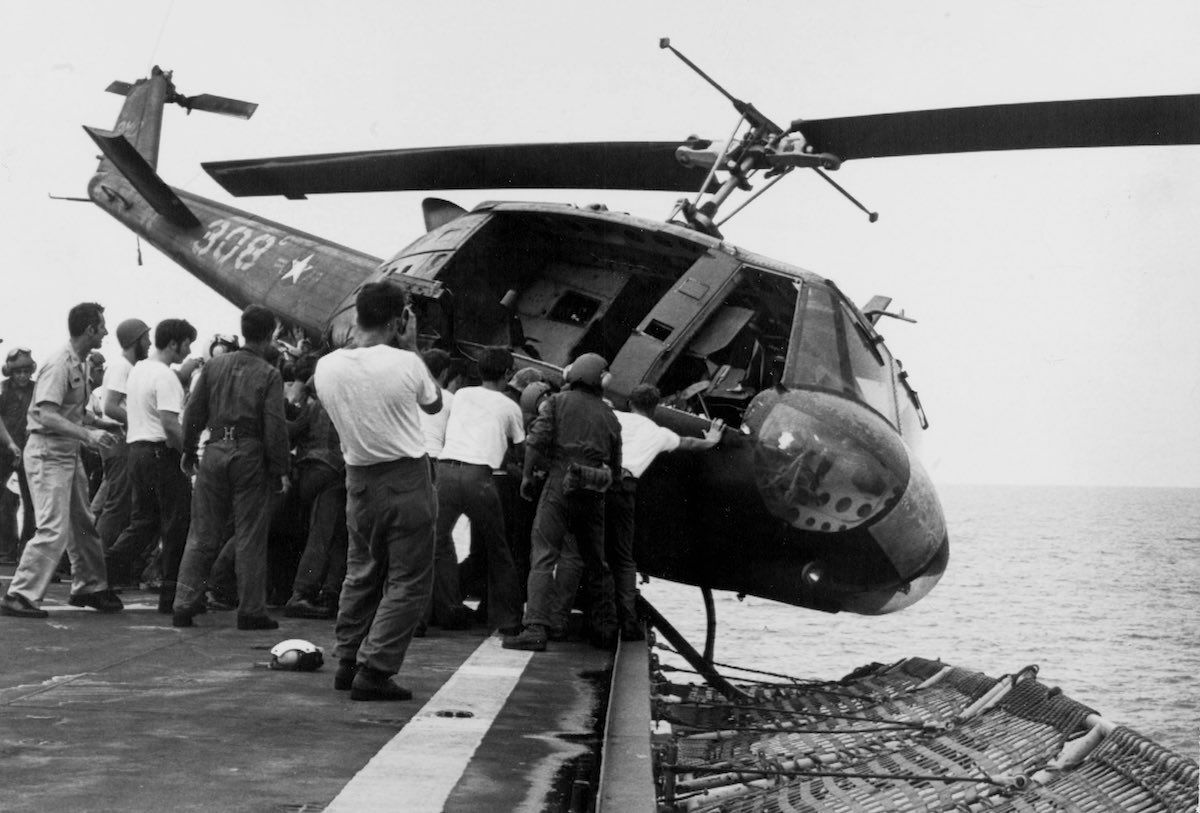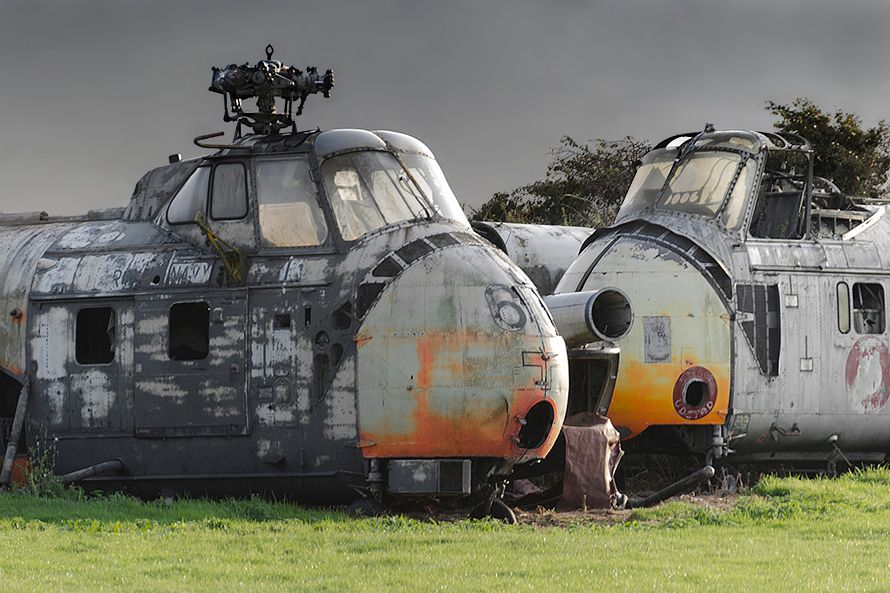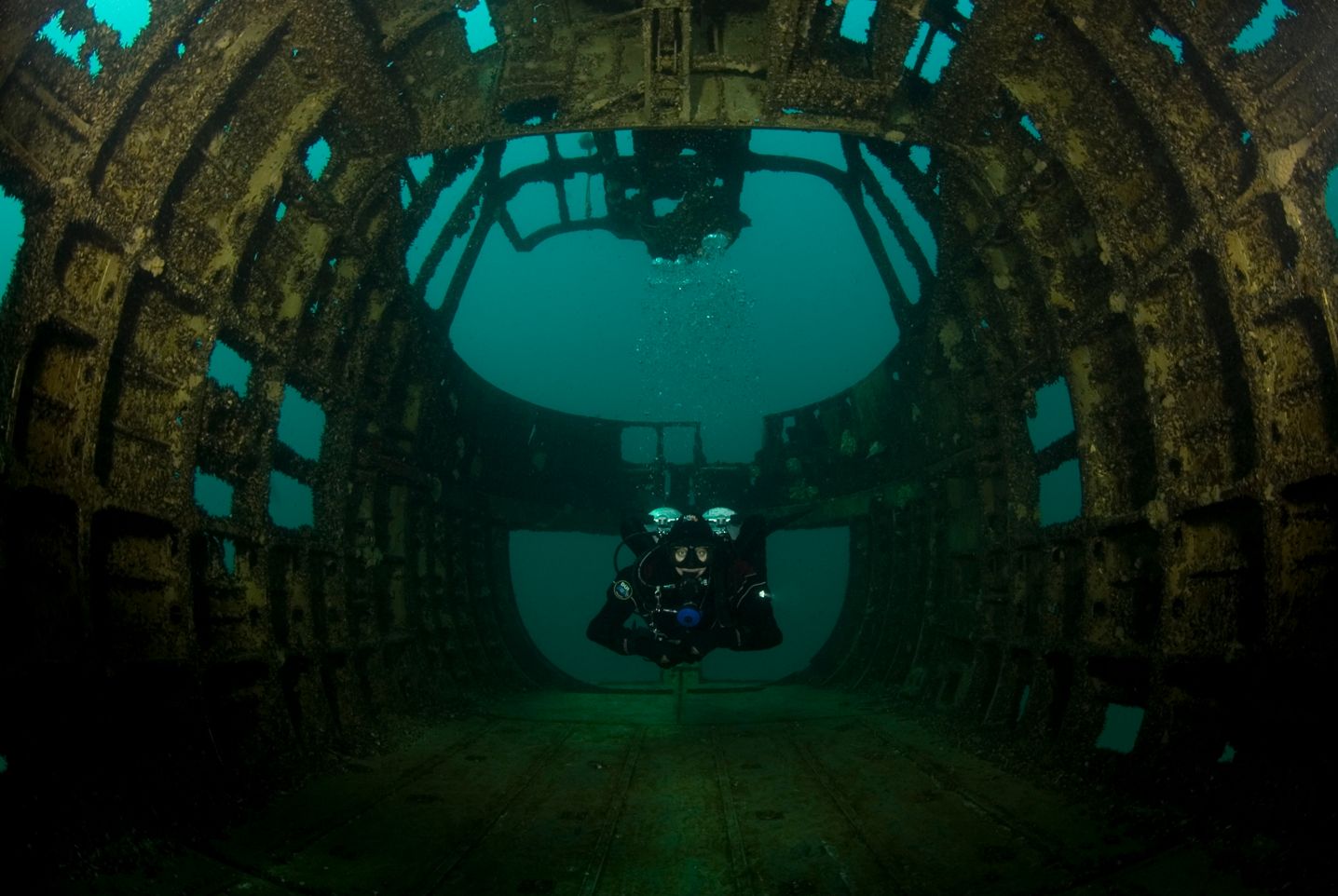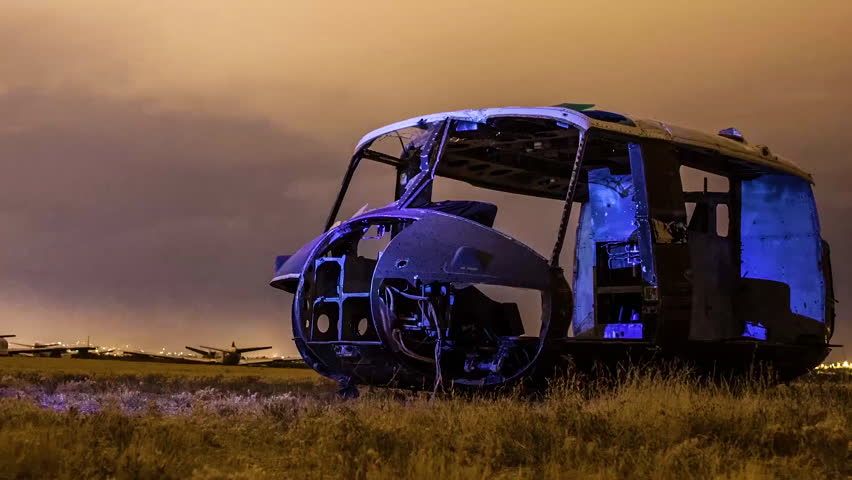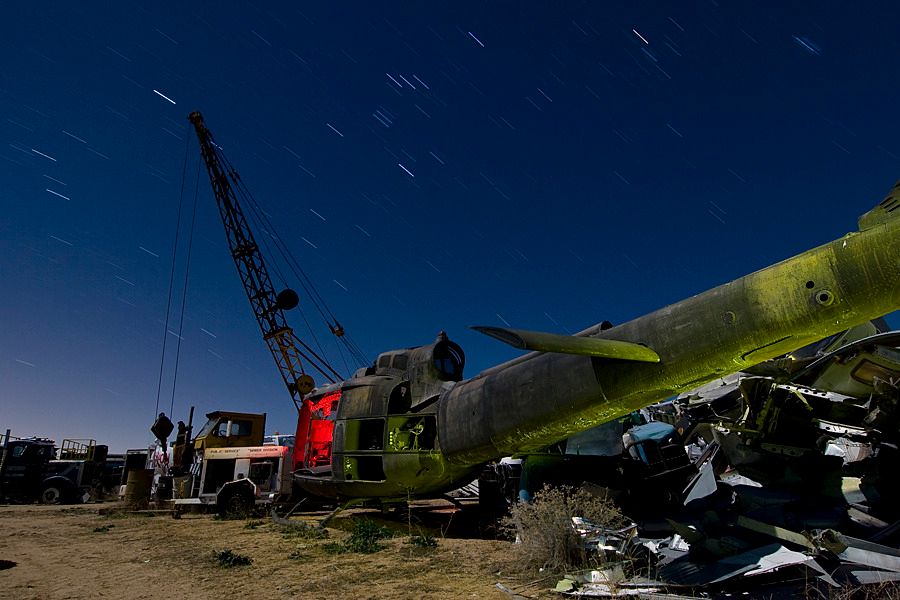There’s a certain kinship that we share with abandoned things. Whether it’s a structure, or large equipment sitting silently in a field; it’s strangely intriguing. No longer do the big pistons pound the air/fuel charge in their bore; the rotating assembly remains in a constant state of rest as a layer of grime and dust continues to build. Sometimes we stumble across equipment in fields or randomly in the forest; sometimes it’s contained in a storage yard and sometimes it’s even lost beneath the silent tomb of a large body of water. If there’s one thing as true as a western-setting sun, we love to interact with our abandoned finds when we stumble across them.
In the case of large equipment (like these abandoned helicopters) there always is the question, “why would someone leave these here?” The answer comes in the form of a rebuttal; “Who would actually hold onto something like this?” Helicopters are very expensive to buy, they are expensive to operate, and after an expensive service life – sometimes they’re just cheaper to dump somewhere when nobody’s looking.
Alas, helicopters have been found, abandoned, in the strangest conditions and locations. Some of them lay upside-down, broken and twisted in the snow-covered slopes of Mt. Everest while some sit silently beneath the sea. Some of them even sit in densely packed forests that have been there so long trees have grown in between the rotors. Wherever they are, the best part about abandoned helicopters is trying to figure out why they were abandoned and, in some cases, how on earth they got where they got!
17 Mil Mi-24 Hind
The increasing versatility of the helicopter was changing the way things were done at home and on the battlefield. It was a time of experimentation and adaptation. In the mid-‘60s a concept rotorcraft was designed that would eventually evolve into variations of a very popular helicopter for the Hollywood portrayal of the ‘bad guys.’ The Hind has also been proven off-screen to be a hard-fighter and a very successful helicopter platform – but not before a few bad designs helped weed out the kinks. (You can almost vaguely visually assimilate the early variations to the popular ‘Hollywood Hind’ if you squint hard enough.)
16 Bell UH-1 Iroquois “Huey”
It’s what we all think of when we think of "‘Nam-era Huey” – mostly because they made about a billion of them. (Not really.) They were used extensively though; and it was around this time that the helicopter was really proving its worth as a machine.
The Huey has been around for many years at by now, but the late-‘50s Bell was the first turbine-powered helicopter in production for the military with an estimated 16,000 units having been produced since 1959.
The helicopter is still in service today but not without losing some along the way. This one sits comfortably among the lush foliage that will eventually consume it; appearing to be completely intact and largely undamaged.
15 Westland Whirlwind
You know that thing automakers do, where one will get lazy and just buy the licensing to someone else’s design and slap their emblem on the hood – rather than actually designing it themselves? This isn’t exclusive behavior to the auto industry. Aviation manufactures do ittooo. In the case of the Westland Whirlwind, the designs came from Sikorsky’s S-55, which entered service in 1950. Despite all the time they saved on the development of their own rotorcraft, the Westland Company would need to revise the rotor’s entire gearbox in a process which would prove very time-consuming. This retired Whirlwind sits in a field of grass to weather time in the open – not even protected by a fence!
14 Mil Mi-6 “Hook”
The NATO designated “Hook” is a heavy transport helicopter that was built in large quantities for both army and civilian roles. It was flown for the first time in 1957 with a rotating assembly so massive it outweighed both of the engines that powered it.
It has the designation of being the first Soviet turboshaft-powered production helicopter at the time of its design.
It was also the world’s fastest and largest helicopter. It flew at speeds up to 190mph and was rated for a solid-26,000lb payload. This Hook spends its days corroding away in an old aerodrome in Moscow; a silent hull resting in the middle of a bustling city.
13 Loitering On The Line
Here sits a line of helicopters quietly rusting away under a deep blue sky with not a lot to bother them. The neglected road sprouts tiny plant life from between the cracks and the crude barricade hardly discourages adventurous, would-be explorers. A wide variety of makes and models are tightly packed into dense regimentation. Many of them aren’t even complete airframes – all the good parts are pillaged while the rest is left for the world to appreciate it through a shutter (or a CCD image sensor for all you millennials who may never operate a 35mm camera). If those eternally cold and dark hulls could only talk, imagine what they’d say!
12 Rusty “Hook”
This hook no longer sees regular service – or service of any sort for that matter. The engine muffs were installed one final time and the bird sits in a perpetual state of rest as the rotors sag well below their attach points, visually projecting their fatigue.
The massive transport sits largely-intact amidst a pile of junk that used to be other aircraft, all spent past their useful service life.
Disposing of airframes is a little different than tossing the skeleton of a Ford Focus into a crusher with a forklift and pushing a button. Sometimes it’s just easier to park it somewhere and walk away like you’ve never seen it before in your life.
11 The Liquidators
Sometimes, airframes don’t get to live out their full service life before something knocks them out of the sky. Normally, this is the kind of stuff that tragedies and heroes are forged from. In the case of this lonely little chopper, both tragedy and heroism apply. This dilapidated rotorcraft was a member of the “Liquidators” – the Chernobyl clean-up crews that responded to the 1986 nuclear disaster in the Ukraine. The clean-up effort was one of the largest emergency responses to a disaster in human history, and everything that had direct contact with high levels of radiation was discarded following their usefulness to the clean-up and quarantined in an exclusion area.
10 The Liquidators II 0808
During the beginning of the disaster response, mistakes were made. These include helicopter pilots flying through copiously-dangerous amounts of radiation in the form of dust plumes jettisoning from the number four reactor.
Personally, I’d try not to drive my helicopter into debris cloud of any sort, especially the radioactive variety, but tensions were high and chaos ran amok.
It’s estimated over 350,000 liquidators participated in the active clean-up and almost a million people were involved in rebuilding to some capacity. All of that equipment – be it gasmasks, tanks, trucks, airplanes and helicopters – could never be used again and had to be quarantined.
9 CH-46 Sea Knight Extended Stay
This Boeing Sea Knight found itself setting down on a beach-front slab of desert-island paradise for what was to be the last landing it would ever make. Positioned just close enough to the water that the landing gear would sink deeply into the wet sand, there’s little hope of this bird ever being recovered in its entirety. Scavengers come to pick parts off of it here and there where they can. The pillaging is made apparent by its every panel and access door sitting ajar as it leans into the tide of possibly one of the sweetest retirement spots a helicopter has ever chosen. Well played Sea Knight, well played.
8 A Cozy Place
When helicopters are given the chance to extinguish their service lives as intended, they usually end up looking something like this trio of retired Hinds as they tuck closely to one another. They’ve been scavenged thoroughly for all the good stuff from the rotors and engines to the expensive avionics and weapons systems. Here, they’ll sit by the dozens. The surplus equipment produced by militaries in high-activity times often times ends up sitting vacant and unused as the cheapest way to store parts is “pick-your-part-style” on the plane it came from. These particular Mil-24s will likely sit untouched until the day they are scrapped.
7 War Reunion
They’re just important enough to save, and just useless enough to not be able to do anything with, besides save. The technology is nearly obsolete, the hardware is close to or past its design life and we already have cooler new helicopters anyway. But the standing skeletons of whatever remnants are left over after their tours of duty make for a pretty good show, don’t they? The level of equipment in aircraft graveyards can be impressive on larger scales. It’s hard not to think about the dollars of airframes just sitting to dissolve at the corrosive hand of time. Almost worthless now, the retail value of just the UH-1 “Hueys” pictured above, in new condition, exceeded $100 million.
6 Hook Shade
Misery is always best enjoyed with a friend; and who better to buddy-up with than a nice, large Mi-6. The massive hull provides sun and weather protection and the rotor diameter more than doubles that of its smaller companion’s three-bladed configuration. These helicopters are stored in a cavalier state of preservation that pays little mind to looter, vandal, or weather threats. Doors are either ajar or missing and induction muffs on the engine inlets are missing or improperly installed. It’s a well-known fact that none of them will ever fly again, but as they lose utilitarian value, they gain an increasingly nostalgic presence, quietly waging war with time in an eternal battle of attrition.
5 Operation Frequent Wind
Operation Frequent Wind was a frantic, 11th hour rush to clear out civilians and other key personnel from the city of Saigon before a hostile takeover (basically the plot of every Battlefield you’ve ever played).
Throughout the city, more than 7,000 people were airlifted by helicopter throughout various extraction points while others fled by fixed-wing aircraft.
During the midst of the multi-national evacuation effort, deck space on aircraft carriers became prime real estate. Pictured here is a helicopter being pushed over the side of the USS Okinawa to make room for inbound helicopters and keep air traffic moving.
4 Weston Super-Mare
The Weston Helicopter Museum in North Somerset, England is located on a former RAF station at the civilian airfield; the collection features over 80 helicopters from around the world. It’s been growing since 1958, with the first complete example acquired in 1969.
Restoration efforts have already begun and the philanthropic endeavor to revive numerous helicopter carcasses presses steadfastly forward.
As this type of effort is accomplished largely by volunteer labor, restorations can take years; most of these helicopters will never be restored anything past the condition they currently sit in. They pile together in different states of deconstruction. Many of the high-value components long gone before being laid to rest in the English field.
3 Holy Diver
This Sikorsky H-37 has most definitely seen much better days. This former Keystone Helicopter went down into the drink in November of 1995 and has since been given a weird take on the whole ‘abandoned’ thing. See, when it originally went down in the water, it went all the way down – like to the bottom. But a peculiar thing happened to it; something that you’ve never heard of…because it never happens. Someone went through the effort to extract the helicopter from the lakebed floor – only to suspend it half way between the surface of the water and its former resting place. The depth of the water is 65’ where the helicopter skeleton is located. It currently sits 10’ from the floor (and 25’ from the surface).
2 Boneyard Decay
This helicopter has been stripped of just about everything you can take from it without pulling out your grinders and torches. The bare frame sits derelict and useless. Even the skids have been removed and the hull lowered on its belly in an open plot of land.
Planes can be seen off in the distance, also sitting on their bellies, devoid of their landing gear.
In such desolation, the airframes finding a resting place here have all but been tapped of their serviceable parts and await the methodic deterioration dealt to them. Just about the only people who care enough to visit them are photographers and sight seekers looking to catch a glimpse of aerospace waste in action.
1 The Long Walk
Some airframes aren’t so fortunate as to get the opportunity to rot away in the peaceful isolation of a secluded field. Some get sent, for rock-bottom prices, to the crusher to be recycled into new helicopters (or aluminum cans – whatever you’d recycle a helicopter into). The days are numbered and the number is soon for this chopper.
Recycler operations very and it may sit for weeks or months.
Eventually, however, the torches and grinders of yard hands will sink into the lightweight airframe and cut her down to manageable pieces so the shredder can digest the remains. It’s actually more possible that this has already been carried out, and this picture is the last one that was ever taken of it. It could be in your refrigerator right now.
Sources: medium.com, urbanghostmedia.com, chernobylgallery.com, digitalcosmonaut.com, fightercontrol.co.uk.

